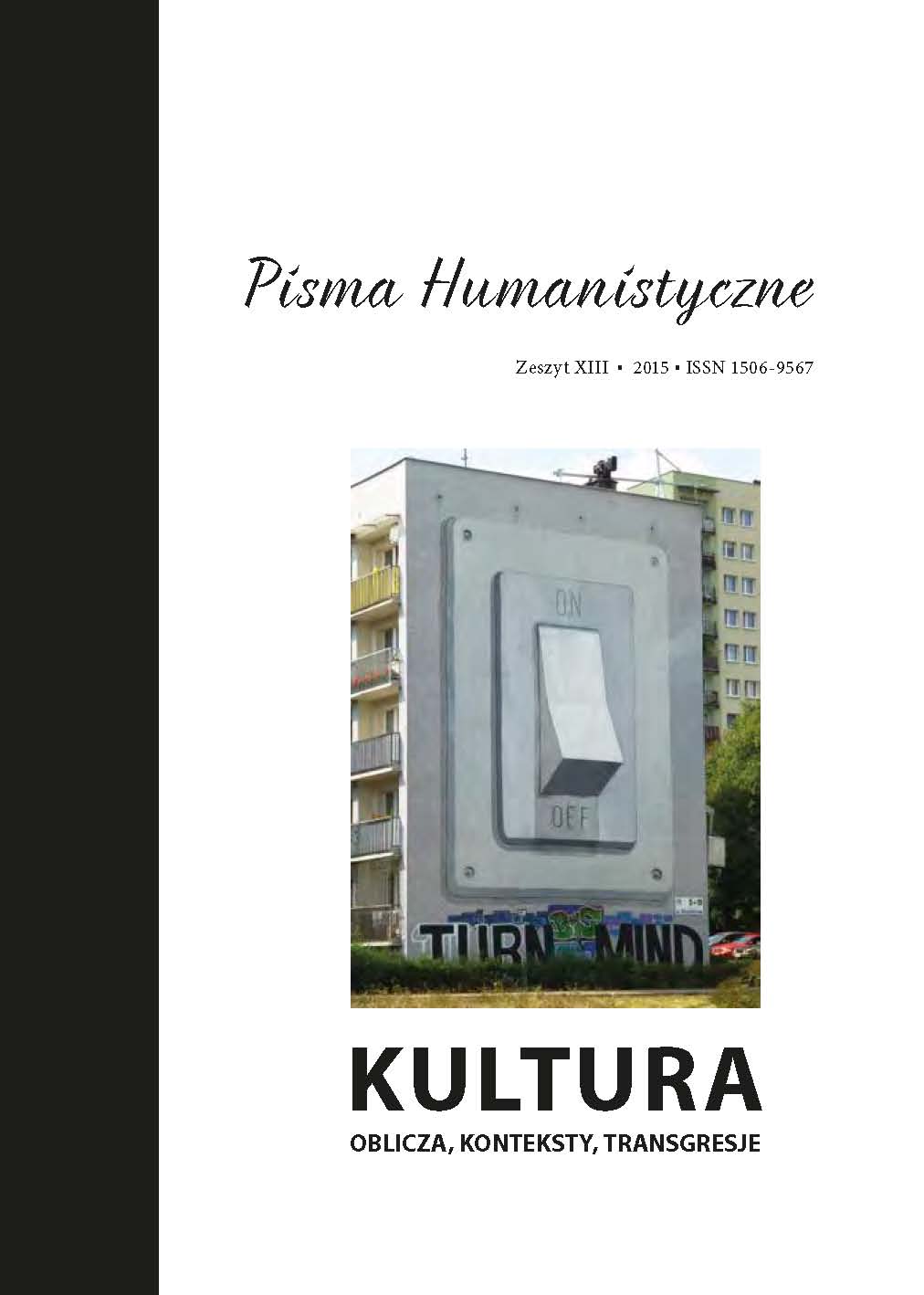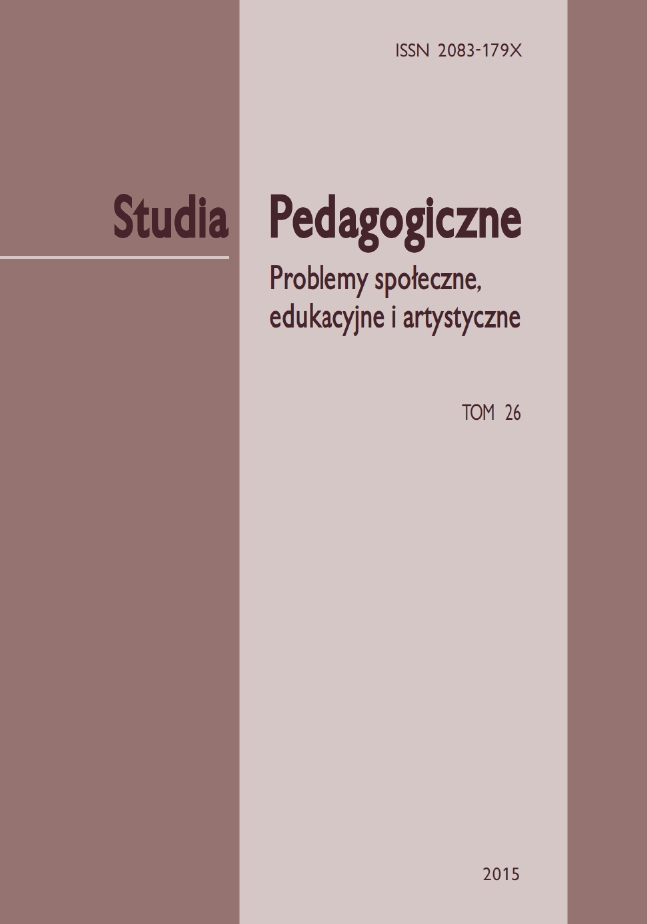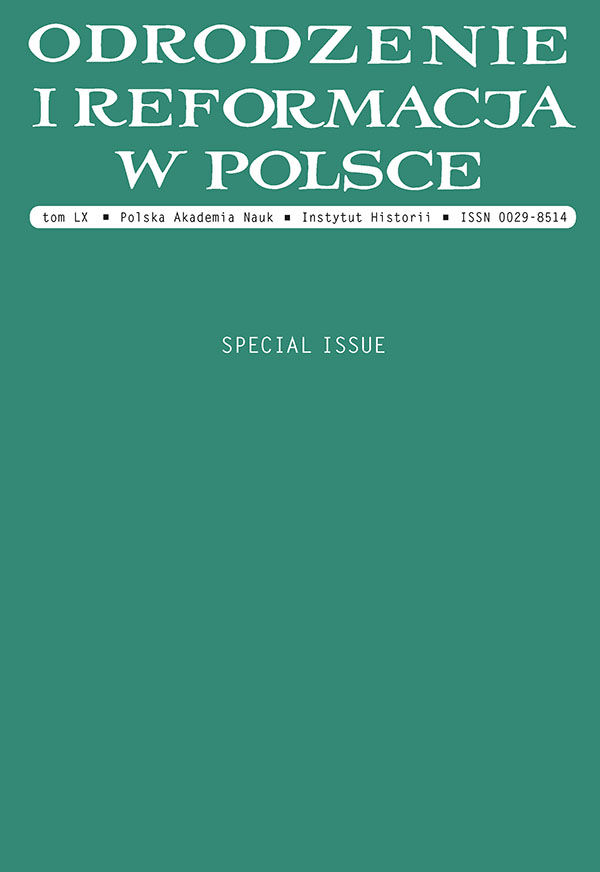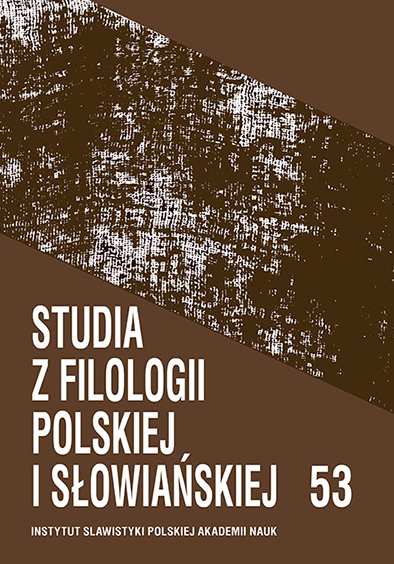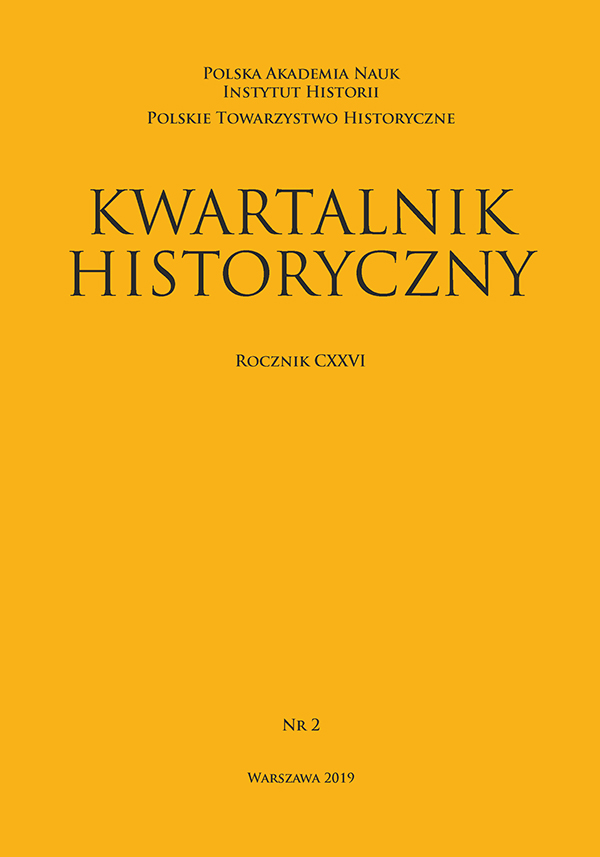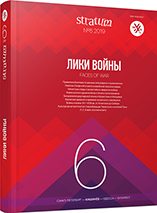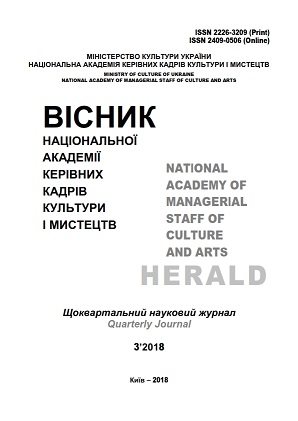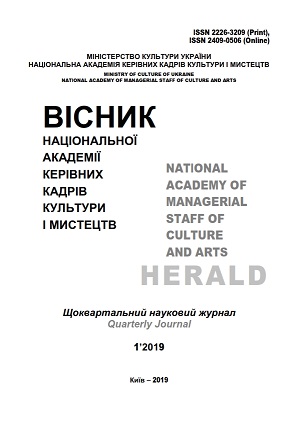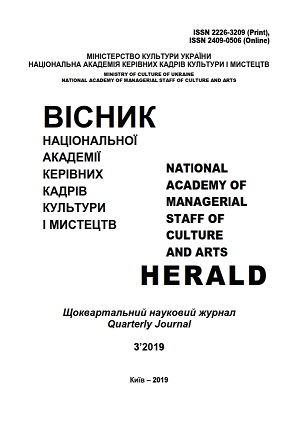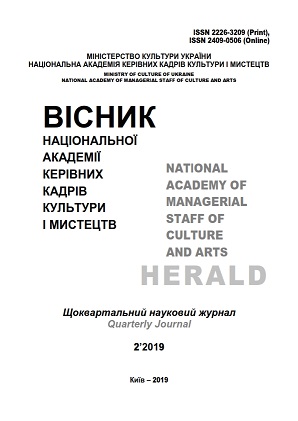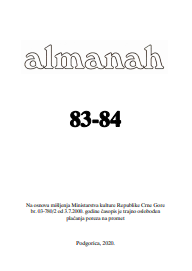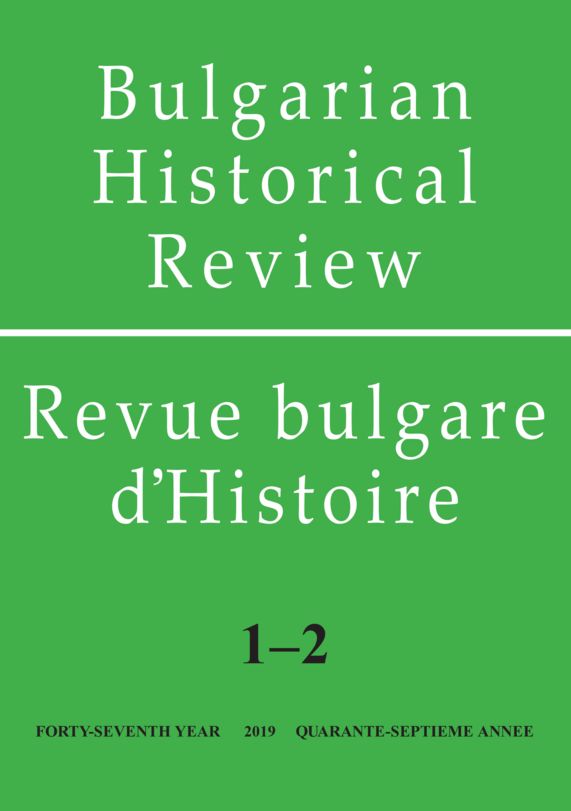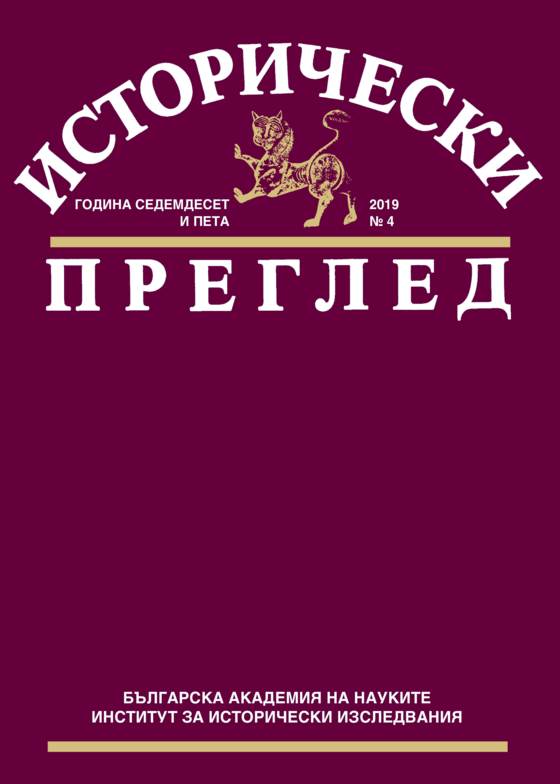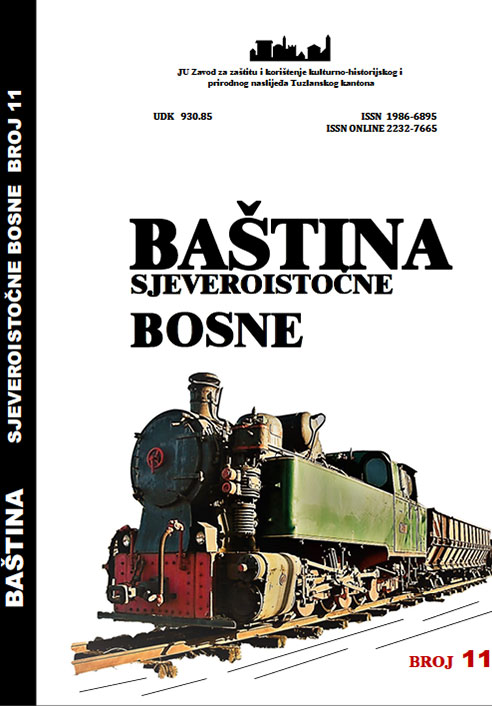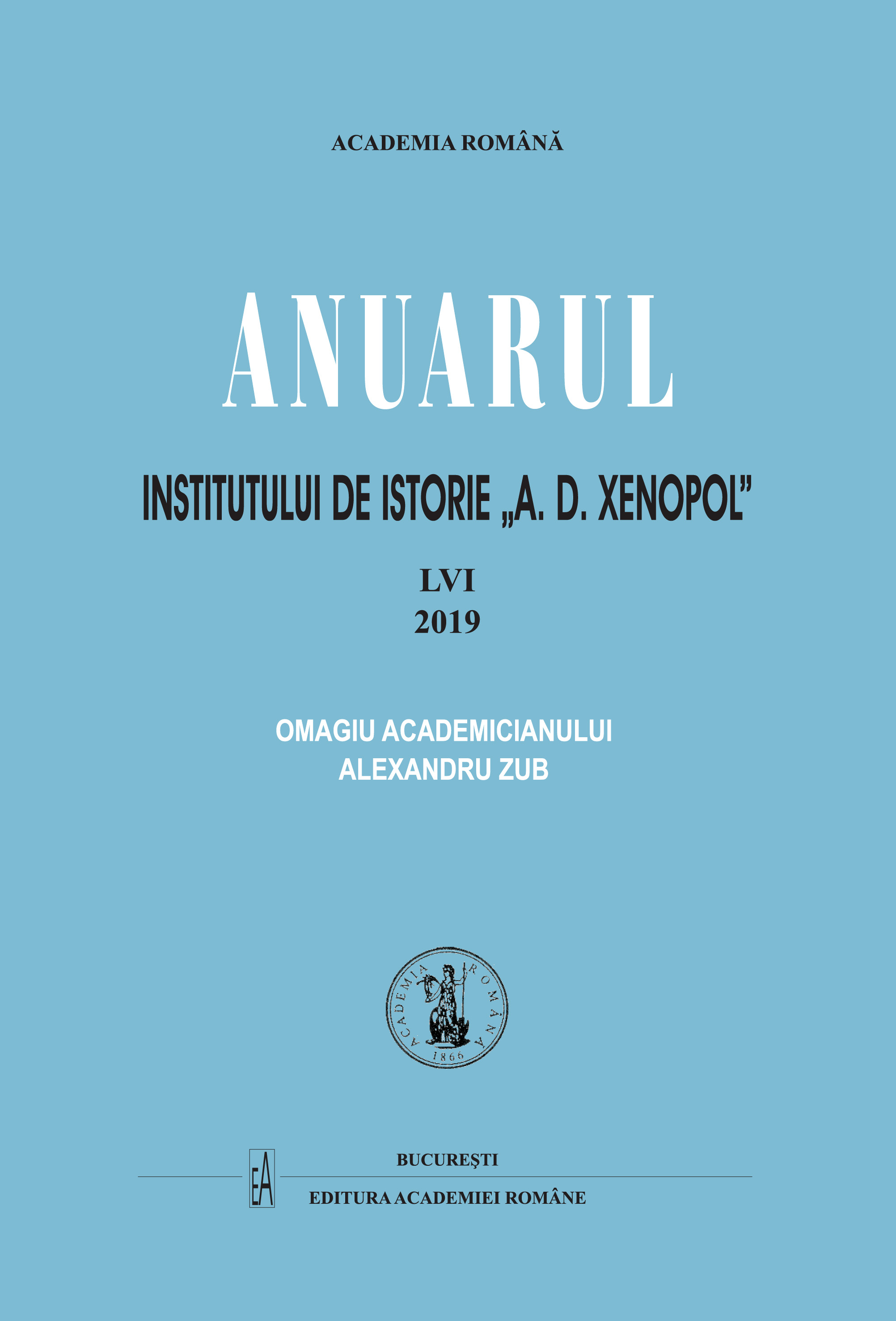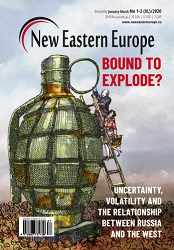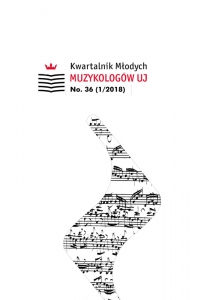Author(s): Ivan Yuriyovych Kuzminskyi / Language(s): Ukrainian
Issue: 41/2018
Purpose of the article: In the surroundings of the Kyiv voivodes and governors, one of the most influential officials of the city and surrounding administrative territories, in the 15th–18th centuries formed a special cultural environment, where music was also given a certain place. The main purpose of our study is to characterize the musical life of these environments in the language of historical documents. In addition, to determine the functions and composition of musical chapels, musical repertoire, instruments, identify musicians, and so on. The methodology of the research is to apply predominantly general-historical methods: historical-genetic, historical-comparative, historical-typological and historical-systemic. Scientific novelty: The musical life of Kyiv voivodes and governors has never been the subject of a special study. The collected materials, first presented in such configuration, deepen and specify the knowledge about the secular musical culture of Kyiv in the 15th–18th centuries. Conclusions: The musical culture of Kyiv of the 15th–18th centuries has not yet been sufficiently well studied, but almost completely forgotten knowledge and ideas about secular Ukrainian music of this time are gradually resurfacing. In addition, our research partially eliminates the artificial problem of Ukrainian historical musicology – the ways of reception of professional European musical culture in Ukraine, because, as can be seen from the collected documents, musical chapels existed in Kyiv during all this period, and judging by musical instruments and repertoire, they embodied the Western European musical theory and practice. The musical chapels of the voivodes differed little from those that existed in other areas of the Polish-Lithuanian Commonwealth. In the service of voivodes and governors there were both local and foreign singers and instrumentalists, which contributed to the spread of foreign musical achievements in the city. Subsequently, the presented direction of the study can become a model for the analysis of musical chapels in other Ukrainian historical areas.
More...
